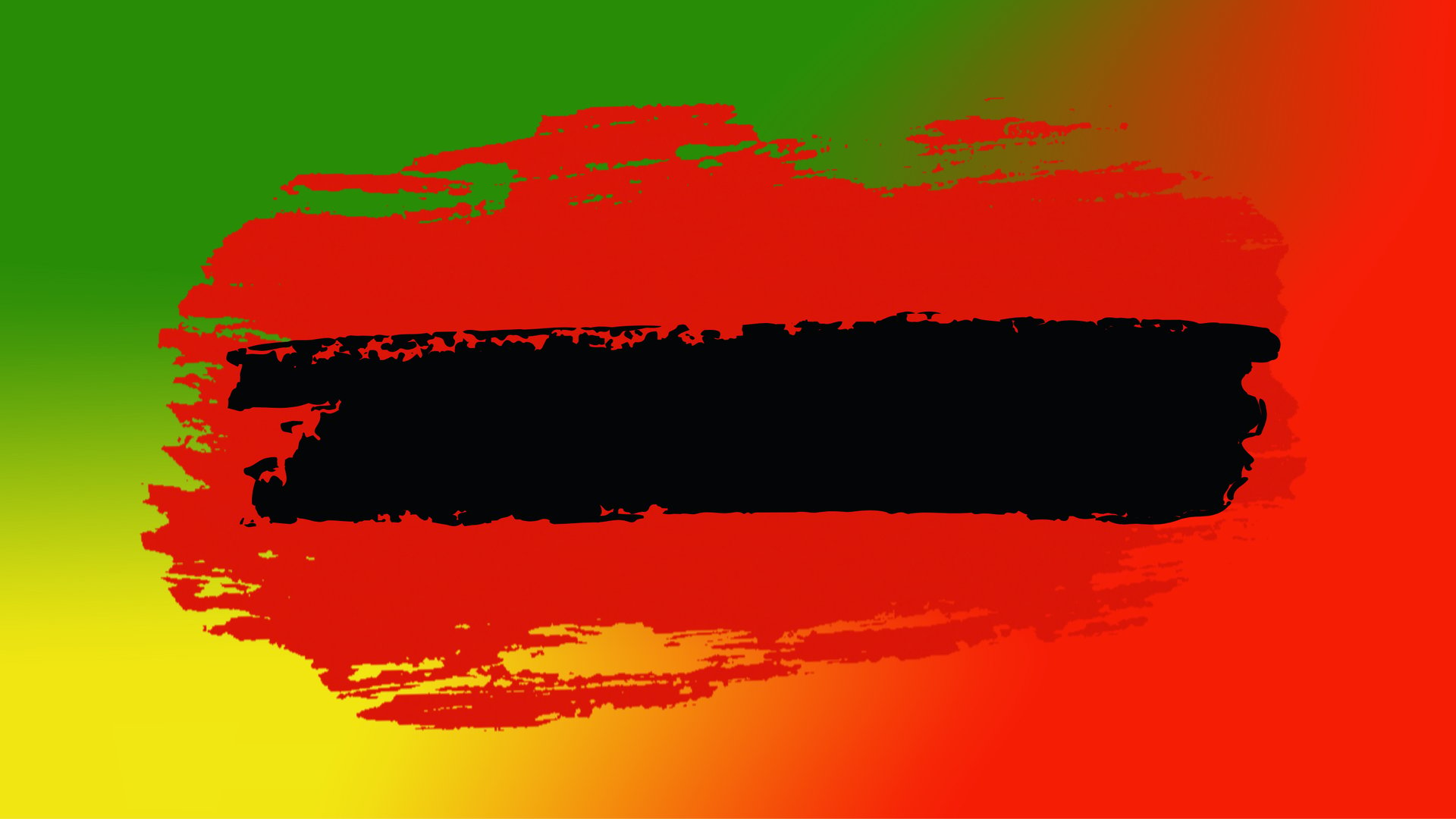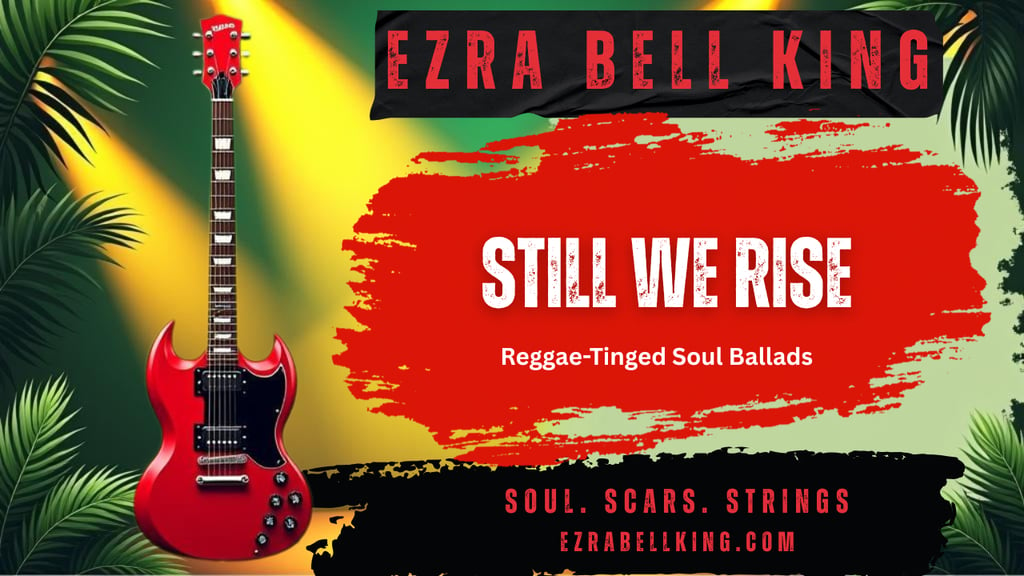
Still We Rise
An Anthem for the Weary: The Unifying Power of 'Still We Rise'
Steve Donnelly
10/7/20254 min read


An Anthem for the Weary: The Unifying Power of 'Still We Rise'
There is a unique kind of magic that happens during a live performance of "Still We Rise." It doesn't begin on the stage; it begins in the crowd. It starts as a low hum of anticipation, a collective intake of breath. Then, Ezra Bell King, often with his powerful female vocalist beside him, steps to the microphone. He doesn't need to introduce the song. The first, defiant chords of the guitar are all the introduction needed. And then it happens—a roar. Not from the stage, but from the thousands of voices in the darkness, rising as one: "STILL WE RISE!"
This is not merely a song; it is an event. A ritual. A modern-day hymn for the weary, the overlooked, and the resilient. Let's explore how "Still We Rise" transformed from a track on an album into a unifying force and a beacon of collective strength.
Roots in a Rich Tradition: The Protest Song Reborn
To understand "Still We Rise," one must place it in the grand tradition of protest and resilience music. This is the lineage of artists who used their platform not just for entertainment, but for empowerment. While Ezra forges his own path, the spirit of roots reggae and soul music—with its focus on social justice, spiritual strength, and overcoming "Babylon" (a Rastafarian term for oppressive systems)—flows through the song's veins.
Songs like Bob Marley's "Get Up, Stand Up" and Toots and the Maytals' "Pressure Drop" were anthems of defiance against specific social and political struggles. "Still We Rise" updates this tradition for a new generation, focusing on a more personal, yet universally felt, oppression: the daily grind of despair, the weight of economic anxiety, the battle with internal demons, and the feeling of being counted out by society. Its protest is against the temptation to give up.
Lyrical Analysis: The Architecture of an Anthem
The song's power is built on a foundation of simple, repeatable, and powerful lyrical devices.
The Call-and-Response: This is the song's beating heart. The structure—"STILL WE RISE! (Crowd: STILL WE RISE!)"—is not a gimmick; it's the entire point. It breaks down the barrier between performer and audience. Ezra is not singing at the crowd; he is singing with them. He is the catalyst, but the power comes from the collective voice. This call-and-response is a musical representation of solidarity. It’s a way of saying, "I am here, you are here, and we are in this together."
The Inclusive "We": The song is meticulously crafted around the word "we." It’s never "I will rise." It’s always "WE rise." This small linguistic choice has a massive psychological impact. It immediately dispels the loneliness of struggle. Your battle is not yours alone. You are part of a community of survivors, a silent army of the resilient. The song forges an instant kinship among everyone singing it.
Concrete Imagery, Universal Application: The lyrics speak of "fires in our eyes" and "darkest skies," powerful yet open-ended images. They don't dictate what your particular struggle is—a failing relationship, a mountain of debt, a period of deep depression—they simply acknowledge that you have one, and that the response is to rise, together.
The Alchemy of the Duet: A Dialogue of Resilience
The inclusion of the powerhouse female vocalist is a masterstroke. Her voice, often soaring with gospel-fired intensity, provides a different texture of strength compared to Ezra's grounded, weathered baritone. His voice is the sound of endurance—the wisdom of someone who has been in the fight for a long time. Hers is the sound of triumphant survival—the fierce joy of breaking through.
When they trade lines in the bridge—"Female: They tried to break us, bend our will / Ezra: Keep our voices soft and still..."—it creates a dialogue. It’s a conversation between two different perspectives on the same struggle, culminating in a unified, more powerful statement. It represents the idea that resilience is not a monolith; it has many voices, and all are valid.
Beyond the Music: The Anthem in Action
The true measure of a song like "Still We Rise" is what happens when the music stops. We've seen fans get the phrase tattooed on their arms as a permanent reminder of their strength. We've seen it used as a motivational mantra in support groups and recovery communities. It’s a song people play before a job interview, after a devastating diagnosis, or on a morning when simply getting out of bed feels like a monumental task.
It has become a tool. A psychological resource. In the moments when your own inner voice is whispering that you can't go on, you can put on this song and let ten thousand voices shout back that you can.
Conclusion: The Sound of Unbreakable Spirit
"Still We Rise" is the ultimate expression of the Ezra Bell King philosophy. It takes the personal transformation of "Rust & Gold" and scales it up to a communal level. It argues that our scars are not just our own beautiful gold; they are the badges of a shared army.
It’s a song that acknowledges the darkness without ever being consumed by it. It is raw, it is real, but it is fundamentally hopeful. In a world that can often feel fragmented and isolating, "Still We Rise" builds a fortress of sound where anyone who has ever been knocked down can find shelter, find their voice, and find the strength to rise, again and again and again.
Because together, still, we rise.
Connect
Stay updated with Ezra's latest music.
Follow
Contact
ezra@ezrabellking.com
© 2025 Ezra Bell King. All Rights Reserved
Legal